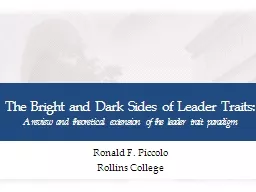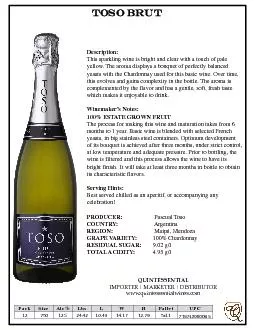PPT-The Bright and Dark Sides of Leader Traits:
Author : tatiana-dople | Published Date : 2017-03-25
A review and theoretical extension of the leader trait paradigm Ronald F Piccolo Rollins College The Galapagos Finches Darwins Finches Fortunes CEOs Physical
Presentation Embed Code
Download Presentation
Download Presentation The PPT/PDF document "The Bright and Dark Sides of Leader Trai..." is the property of its rightful owner. Permission is granted to download and print the materials on this website for personal, non-commercial use only, and to display it on your personal computer provided you do not modify the materials and that you retain all copyright notices contained in the materials. By downloading content from our website, you accept the terms of this agreement.
The Bright and Dark Sides of Leader Traits:: Transcript
Download Rules Of Document
"The Bright and Dark Sides of Leader Traits:"The content belongs to its owner. You may download and print it for personal use, without modification, and keep all copyright notices. By downloading, you agree to these terms.
Related Documents














